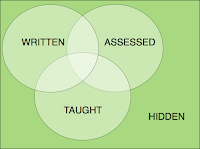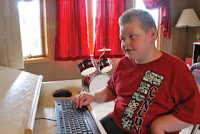Part 3: Teaching Strategies for Students with Asperger’s and High-Functioning Autism – The “Hidden Curriculum”

Curriculum education is not the only education an Asperger’s (AS) or High-Functioning Autistic ((HFA) student encounters in the public school system. Social behaviors are not only necessary for successful playground interaction, they are necessary for successful acquisition of educational curriculum. The “hidden curriculum” consists of important social skills that everyone knows, but no one is taught. This includes assumed rules, student expectations, idioms and metaphors. Understanding the hidden curriculum is difficult for all kids, but it is especially so for young people with AS and HFA who have deficits in social interactions. The following example illustrates the difficulty children on the autism spectrum have understanding the hidden curriculum: Michael was a popular ninth-grader, despite his social awkwardness. His classmates accepted him and were understanding of his disorder. One day Michael was hanging out with his peers in the hallway before class when h
